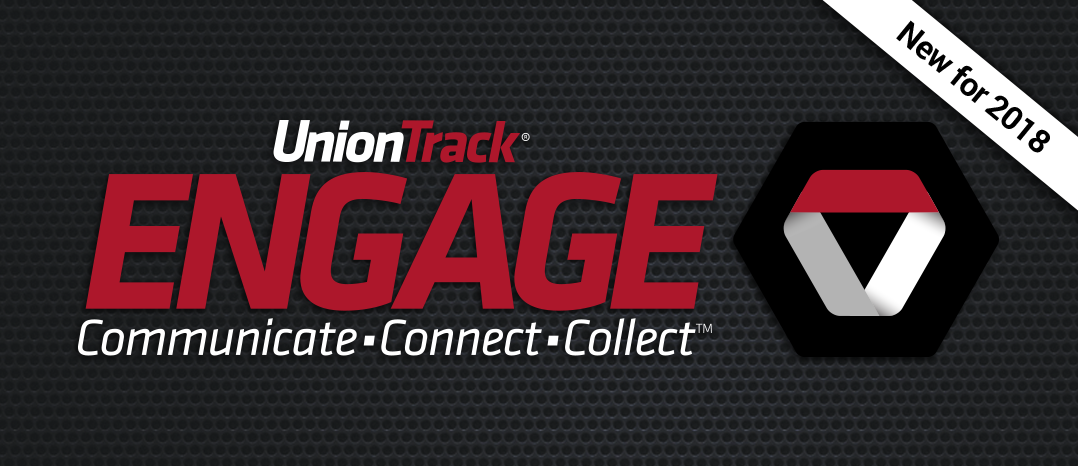America Is a Pro-Union Nation Again and Support Continues to Rise

Ken Green
CEO & Founder
UnionTrack
It’s been a rough road for labor unions in America.
For decades, labor leaders and union advocates have been struggling to reverse membership losses. The Economic Policy Institute notes that union membership in the U.S. peaked at 33.4 percent in 1945. In 2021, that number dropped to its lowest point of 10.3 percent, as shown in the Union Membership and Coverage Database from the Current Population Survey.
Unions have also been fighting to restore their reputations as champions of workers and to regain the approval of the American people. According to data from Gallup, Americans’ approval of labor unions was highest 1953 when 75 percent of people supported unions. By 2009, that number had dropped to its lowest point at 48 percent, and the needle didn’t move much until fairly recently.
According to data from our upcoming survey, that approval rate continues to rise and the nation is pro-union once again. In the past few years, workers across the country have demonstrated a renewed interest in labor unions. They seem to be recognizing how organizing and collective bargaining are tools that can successfully combat oppressive workplace policies and deplorable working conditions.
The Majority of Americans Approve of Labor Unions
America has, once again, become a pro-union nation.
“Today, public feeling toward labor is more positive, and public feeling toward big business more negative, than at any time in five decades,” write Emily DiVito and Aaron Sojourner, a senior program manager for the corporate power program at the Roosevelt Institute and a labor economist and senior researcher at the W. E. Upjohn Institute for Employment Research, respectively.
And while positive sentiment has been steadily climbing since 2015, unions saw their highest jump in approval between 2020 and 2022, likely due to the awakening brought on by the pandemic.
“Since the pandemic, for obvious reasons, Americans have paid much more attention to their conditions of work,” writes Tammy Kim, a contributing writer at The New Yorker. The pandemic exacerbated unacceptable working conditions and exposed inequities in the workplace while simultaneously revealing to Americans their value to the economy. As a result, more people realized the necessity of joining and forming unions in order to give workers increased control over their work environments.
This pro-union sentiment has, in turn, led to an increase in worker organizing. The National Labor Relations Board reports a nearly 50 percent increase in union elections in 2022 over the year before, as well as an 11 percent rise in election victories.
While the data isn’t in yet on union membership density changes in 2022, it cannot be denied that workers have grown more determined to stand up for themselves. Unionization victories at Starbucks, Amazon, and a number of other companies nationwide proves that Americans see unions as a key tool for improving their lives and building a stronger economy.

Americans Believe the Labor Movement Will Continue to Grow
For the first time in a long time, the future looks bright for unions in our pro-union nation. Our survey shows that Americans believe support for unions will either stay the same or increase over the next decade. And this support isn’t just a fad or a fluke of the times. It’s a genuine optimism that is being driven by two key factors — unionization victories and an influx of younger generations into the workforce.
Success Is Contagious
2022 was a historic year for workers and labor unions as workers tallied unprecedented unionization victories. Last year, workers established unions “at workplaces that had never or seldom seen labor organizing,” write NPR correspondents Andrea Hsu and Alina Selyukh.
Each victory was a testament to the power of worker solidarity and a source of inspiration for others to organize. People expect that momentum to continue to build in 2023 and beyond. There have already been some signs that this prediction will hold true.
For example, in January 2023, graduate and professional school students at Yale University overwhelmingly voted to join Unite Here Local 33. The win was a culmination of decades of effort by grad students at Yale to organize. “Generations of grad workers have organized before us, and I’m really excited to finally win,” says Ridge Liu, a graduate student in the school’s physics department.
Similarly, workers at Microsoft-owned video game maker, ZeniMax Media, voted in January 2023 to unionize with the Communication Workers of America. What’s unique about this campaign is that Microsoft remained neutral and allowed employees to hold an anonymous election outside of the NLRB. The company then released a statement saying it recognized the outcome.
“This is an empowering victory that allows us to protect ourselves and each other in a way we never could without a union,” says Skylar Hinnant, a worker involved in the organizing campaign.
Younger People Are Driving the Labor Movement’s Resurgence
With their ideals and keen awareness of social issues, young workers are the other key factor driving this resurgence in union support.
“Young workers continue to fuel the new labor movement as they form new unions to win back a degree of control over their futures in a world fundamentally altered by a global pandemic,” write Katie Barrows and Ethan Miller, international vice president, and finance and operations director at the Nonprofit Professional Employees Union, IFPTE Local 70, respectively.
In fact, at 64.3 percent, Gen Z is the generation most supportive of unions, followed by Millennials at 60.5 percent), according to data from the American National Election Studies.
Perhaps just as important as their embrace of unions is their ascension to leadership roles within these organizations. As more young people enter the leadership ranks of unions, they are bringing fresh perspectives and breathing new life into organizations often considered stale and outdated by the younger generations.
Their enthusiasm, combined with continued election victories, will power the movement forward.
“The energy in labor remains astronomical,” wrote In These Times labor writer Hamilton Nolan, at the end of 2022. “I see no reason why this period of desire for unions should end next year.”

Labor Leaders Must Capitalize on Today’s Opportunities to Prosper Tomorrow
While polls continue to reveal increasing support for labor unions and a move toward America being a pro-union nation, that support is not yet universal. Our survey shows that some people have a neutral attitude about unions, and their uncertainty suggests a lack of awareness about what labor unions do. This is an opportunity for unions to build support.
To do that, labor unions must demonstrate how they work for the people and the economy. They have to convince people that unions are the solution to the issues workers confront in the workplace.
Communication Is Critical to Expanding the Reach of Union Messaging
Expanding the reach of union messaging requires a multi-faceted approach to communication.
Word-of-mouth and digital communication tools are the best resources labor leaders have for spreading positive union messaging to wider audiences. These tools can often work in tandem with one another to maximize outreach efforts.
For example, our survey shows people consider union-member peers and union leaders trusted sources of information about unions. They also turn to social media to gather union information. Labor leaders can combine the two by hosting question-and-answer sessions on Facebook Live or using direct messaging through social media platforms to have one-on-one conversations with people.
The Union’s Digital Toolbox for Communication and Outreach
Social media platforms are also great for celebrating victories. Sharing posts about union wins is one of the most powerful ways to demonstrate union power and what it means to be part of a union. When people see their peers succeed, they may be more likely to support or even lead such efforts in the future.
Labor leaders can also use digital tools to fight back against misinformation about unions. As trusted sources, union leaders and members have the power to combat false messaging by sharing facts about unions. Social media and email are the perfect tools for disseminating the truth.
People are hungry to learn more about unions. Proactive communication by unions can ensure the public, especially those who are unsure about unions, consume factual information that just may lead them to become union supporters. Union leaders should explore using a tool like UnionTrack® ENGAGE® to coordinate those efforts and ensure outreach is relevant and consistent for their audiences.
Images by: Rolled Alloys, pitinan/©123RF.com, nd3000/©123RF.com







